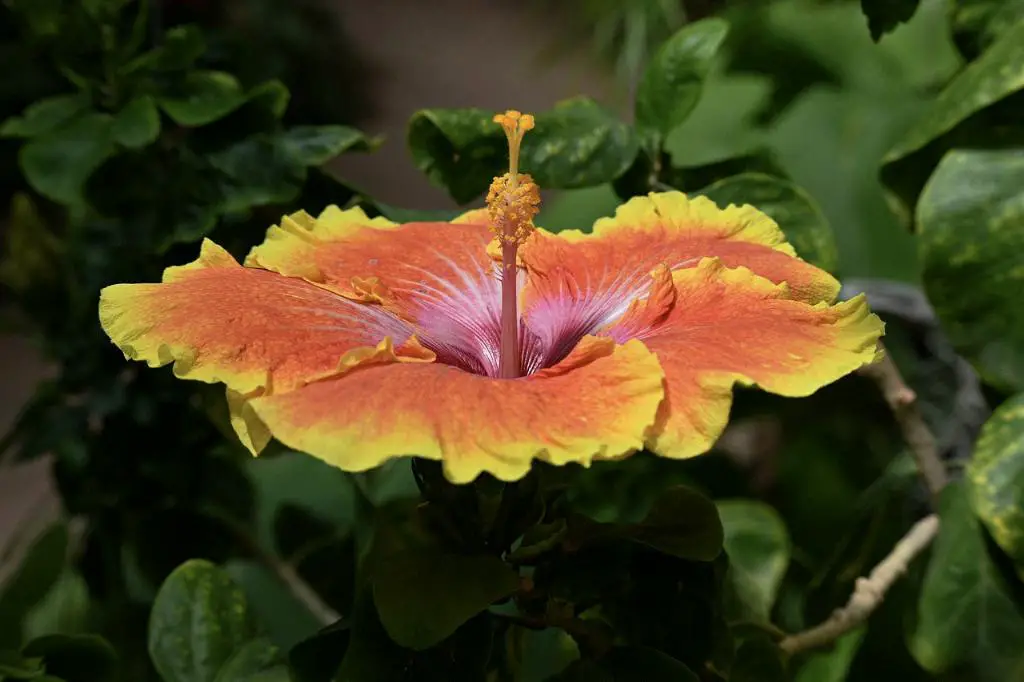If you’ve ever marveled at the beauty of hibiscus flowers and wondered how you could propagate these stunning plants, you’re in luck! One of the most common and effective methods for propagating hibiscus is through cuttings. In this article, we’ll walk you through the simple steps of rooting hibiscus cuttings so you can enjoy a bountiful garden filled with these colorful blooms.
Choose Your Cuttings
The first step in rooting hibiscus cuttings is selecting the right stems to propagate. Look for healthy stems that are free from any diseases or pests. Ideally, you want to choose stems that are young and green, as these have the best chance of rooting successfully.
Prepare the Cuttings
Once you’ve selected your hibiscus cuttings, it’s time to prepare them for planting. Using a sharp and clean pair of garden shears, cut a 4 to 6-inch section of a stem, making sure to include at least one leaf node. Remove any leaves from the lower portion of the cutting to prevent rotting.
Plant the Cuttings
After preparing your hibiscus cuttings, it’s time to plant them in a suitable growing medium. Fill a small pot with well-draining soil and make a small hole in the soil with a pencil or similar tool. Plant the cutting deep enough so that at least one leaf node is buried beneath the soil.
Water and Cover
Once you’ve planted your hibiscus cuttings, it’s important to water them lightly to settle the soil around them. Be sure not to overwater, as this can lead to rotting. To create a humid environment for the cuttings to root successfully, you can cover the pot with a clear plastic bag or a plastic dome.
Provide Adequate Light and Heat
For hibiscus cuttings to root successfully, they need ample light and warmth. Place the pot in a bright, indirect light location, avoiding direct sunlight. You can also use a heat mat to provide bottom heat, which can promote root growth.
Maintain Moisture Levels
Throughout the rooting process, it’s crucial to monitor the moisture levels of the soil. Keep the soil consistently moist but not waterlogged. Mist the cuttings with water regularly to maintain humidity levels and prevent them from drying out.
Monitor Root Growth
As your hibiscus cuttings begin to root, you may start to see new growth emerging from the stem. This is a promising sign that the cuttings are establishing roots. Be patient and continue to care for the cuttings until they are well-rooted.
Transplanting Rooted Cuttings
Once your hibiscus cuttings have developed a healthy root system, they are ready to be transplanted into larger pots or the garden. Gently remove the cuttings from their original pots, being careful not to damage the delicate roots, and replant them in a suitable growing location.
Provide Ongoing Care
After transplanting your rooted hibiscus cuttings, it’s essential to provide ongoing care to ensure their continued growth and development. Water the plants regularly, feed them with a balanced fertilizer, and protect them from pests and diseases.

Enjoy Your Blooming Hibiscus
Congratulations! You’ve successfully rooted hibiscus cuttings and now have a beautiful array of blooming hibiscus plants to enjoy in your garden. With proper care and attention, your hibiscus plants will continue to dazzle you with their vibrant flowers for years to come.
